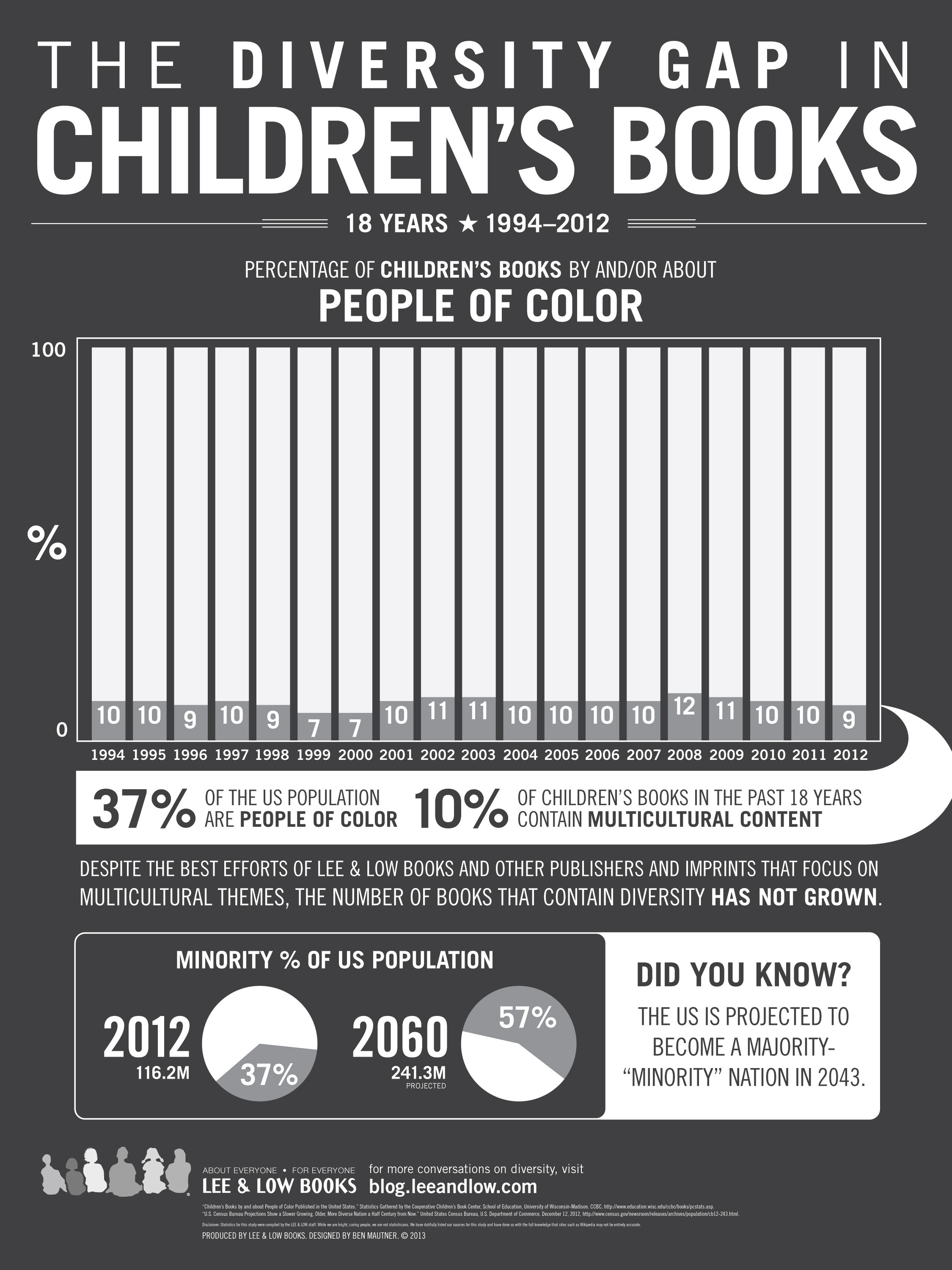
But the question has been raking up headlines all week anyway, thanks to a University of Toronto (my alma mater ! so proud !) study proving that they do.
Or at least, kind of proving they do.
As it turns out, what they’ve done says very little about children’s books – in particular, not much we have to pay attention to as writers or as parents.
But along the way we can have a bit of a laugh looking at the samples of the stories they used, and looking at examples of talking animals who help our kids learn… so keep right on reading!
The Claim: Talking Animals Hinder Learning
These results indicate that anthropomorphized animals in books may not only lead to less learning but also influence children’s conceptual knowledge of animals. (read the full study here)
This kind of sensationalistic stuff adapts really well to headlines!

 It’s called “white space,” but it doesn’t have to be white. Are you using enough of it in your kids’ books? I’m going to show you five books that do a GREAT job with white space – in a couple of cases, becoming classics along the way.
It’s called “white space,” but it doesn’t have to be white. Are you using enough of it in your kids’ books? I’m going to show you five books that do a GREAT job with white space – in a couple of cases, becoming classics along the way.
 I’ve talked about rhyme before… but today, I’m here to help you make your rhymes better.
I’ve talked about rhyme before… but today, I’m here to help you make your rhymes better.


 In the movie
In the movie  Keith Richards is
Keith Richards is  This is a little more of a personal question than I usually share here, but I figure, what’s a community for, if not learning and growing together.
This is a little more of a personal question than I usually share here, but I figure, what’s a community for, if not learning and growing together.






 Society of Children’s Book Writers and Illustrators) actually agreed to “chat” with me. I’m so honoured!
Society of Children’s Book Writers and Illustrators) actually agreed to “chat” with me. I’m so honoured!
 Do you remember 1984? I hate to admit it, but yeah, I do, too.
Do you remember 1984? I hate to admit it, but yeah, I do, too.




